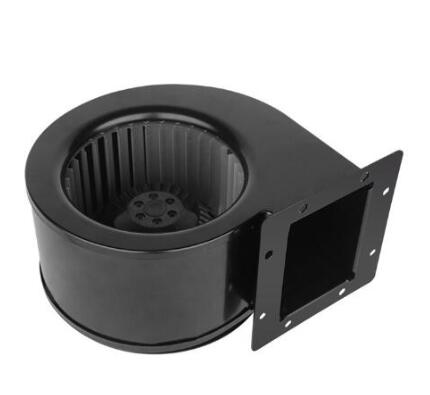Navigating Airflow Dynamics: The Impact of Forward-Curved Fan Characteristics on Ventilation Systems
2023-12-07
Introduction:
In the intricate dance of ventilation systems, the choice of fans plays a pivotal role in determining the efficiency, effectiveness, and adaptability of the overall setup. Among the diverse array of fan types, forward-curved fans stand out for their unique airflow characteristics. In this exploration, we delve into how the distinctive airflow characteristics of forward-curved fans influence their application in various ventilation systems.
Understanding Forward-Curved Fan Airflow Characteristics:
Forward-curved fans are renowned for their ability to generate high airflow at relatively low pressure differentials. The distinctive curvature of their blades contributes to efficient air acceleration and movement. This characteristic makes them particularly well-suited for applications where volumetric flow rates are crucial, such as in ventilation systems.
1. High-Volume, Low-Pressure Applications:
The primary strength of forward-curved fans lies in their capability to move a substantial volume of air with minimal resistance. In ventilation systems, where the focus is often on maintaining air quality and adequate air exchange, forward-curved fans excel. They can efficiently handle the lower pressure differentials encountered in typical ventilation ductwork.
2. Efficient Air Circulation:
Forward-curved fans are designed to create a uniform and continuous airflow. This characteristic is particularly advantageous in applications where thorough air circulation is essential, such as in commercial spaces, industrial facilities, or areas with high occupancy.
3. Adaptability to Ducted Systems:
Ventilation systems often rely on ductwork to distribute air to different parts of a building. The airflow characteristics of forward-curved fans make them well-suited for ducted systems. They can effectively push air through ducts, ensuring that fresh or conditioned air reaches its intended destinations without compromising efficiency.
4. Variable Air Volume (VAV) Systems:
The adaptability of forward-curved fans to variable air volume systems is a notable feature. These fans can seamlessly adjust their speed to match varying airflow requirements. In ventilation systems, where demand for fresh air may fluctuate, this adaptability contributes to energy efficiency and precise control.
5. Cooling Tower Applications:
Forward-curved fans find application in cooling towers, where the need for effective heat dissipation is paramount. The high airflow characteristics of these fans aid in expelling heat from the cooling medium, contributing to the overall efficiency of the cooling system.
6. Air Quality Control:
In spaces where maintaining air quality is critical, such as laboratories or cleanrooms, the consistent and efficient airflow generated by forward-curved fans is invaluable. These fans help in preventing the buildup of contaminants and ensuring a healthy indoor environment.
Conclusion:
As the unseen performers in the realm of ventilation, forward-curved fans with their distinctive airflow characteristics bring a harmonious balance of efficiency and adaptability. Their ability to move large volumes of air at lower pressures makes them a cornerstone in various ventilation systems, from commercial buildings to industrial facilities. As the quest for energy-efficient and effective ventilation solutions continues, the nuanced understanding of how forward-curved fan airflow characteristics impact their applications becomes instrumental in shaping healthier and more comfortable indoor environments.



